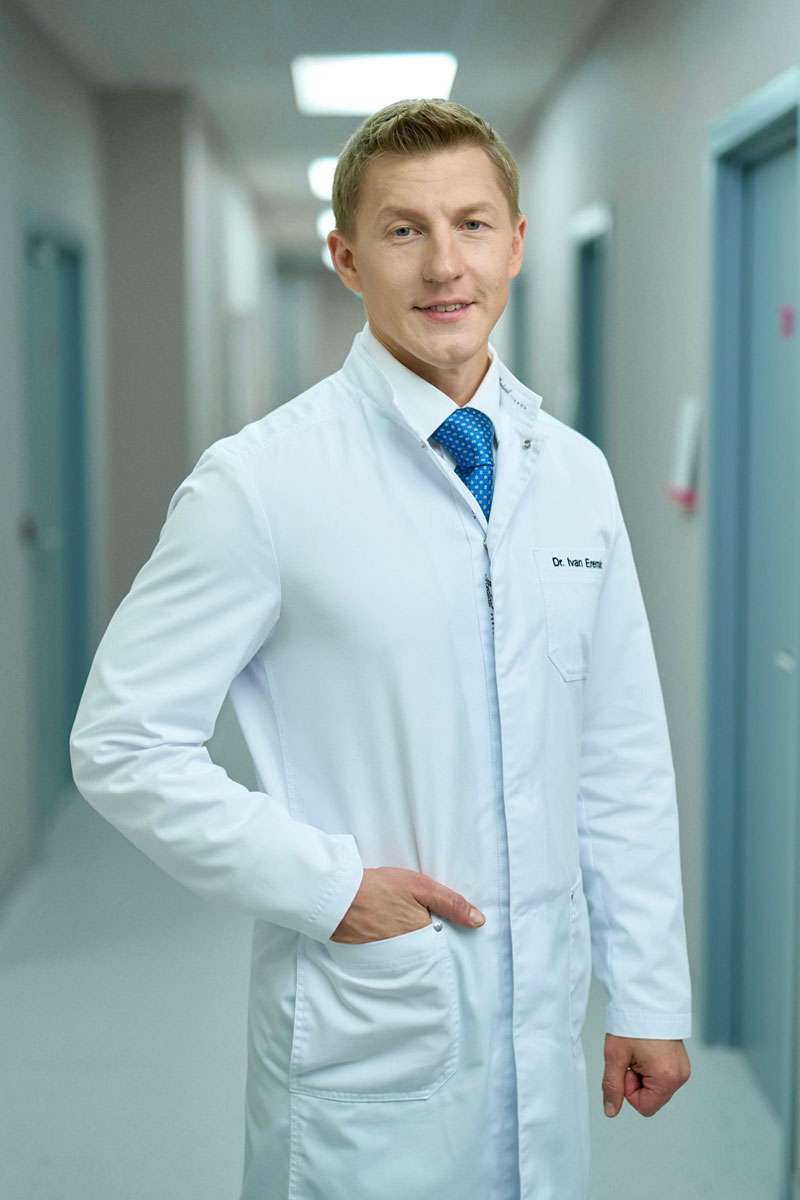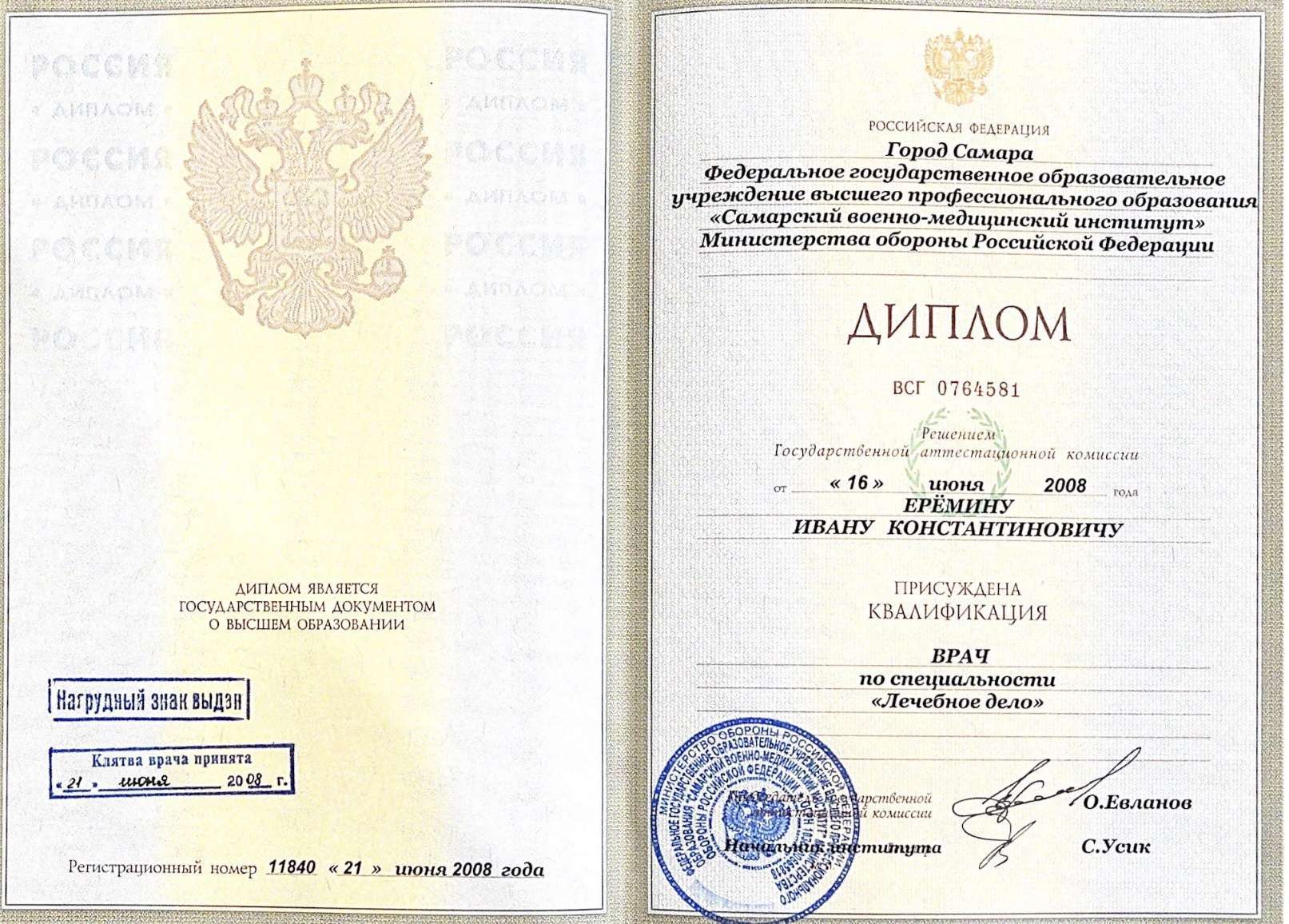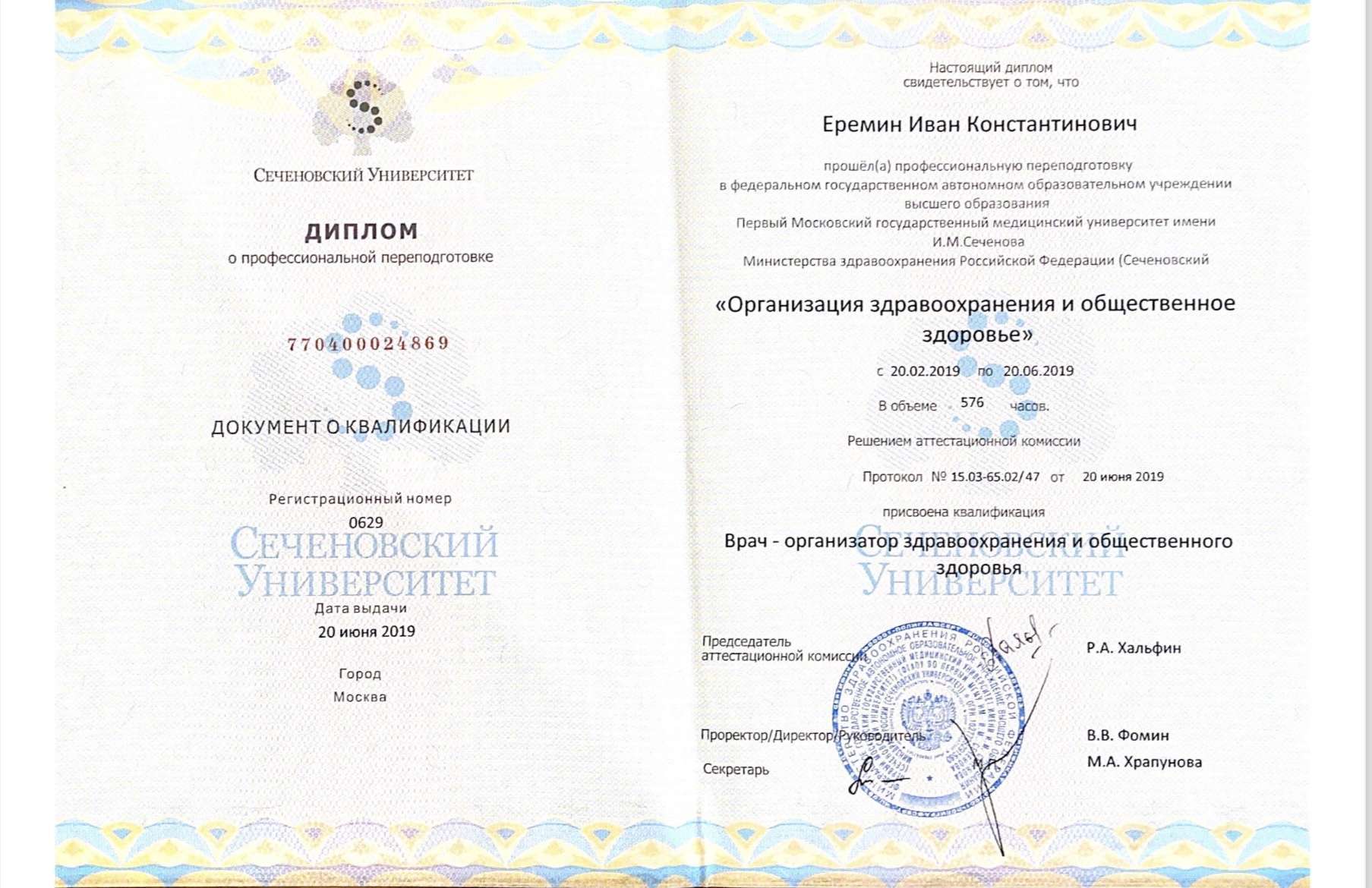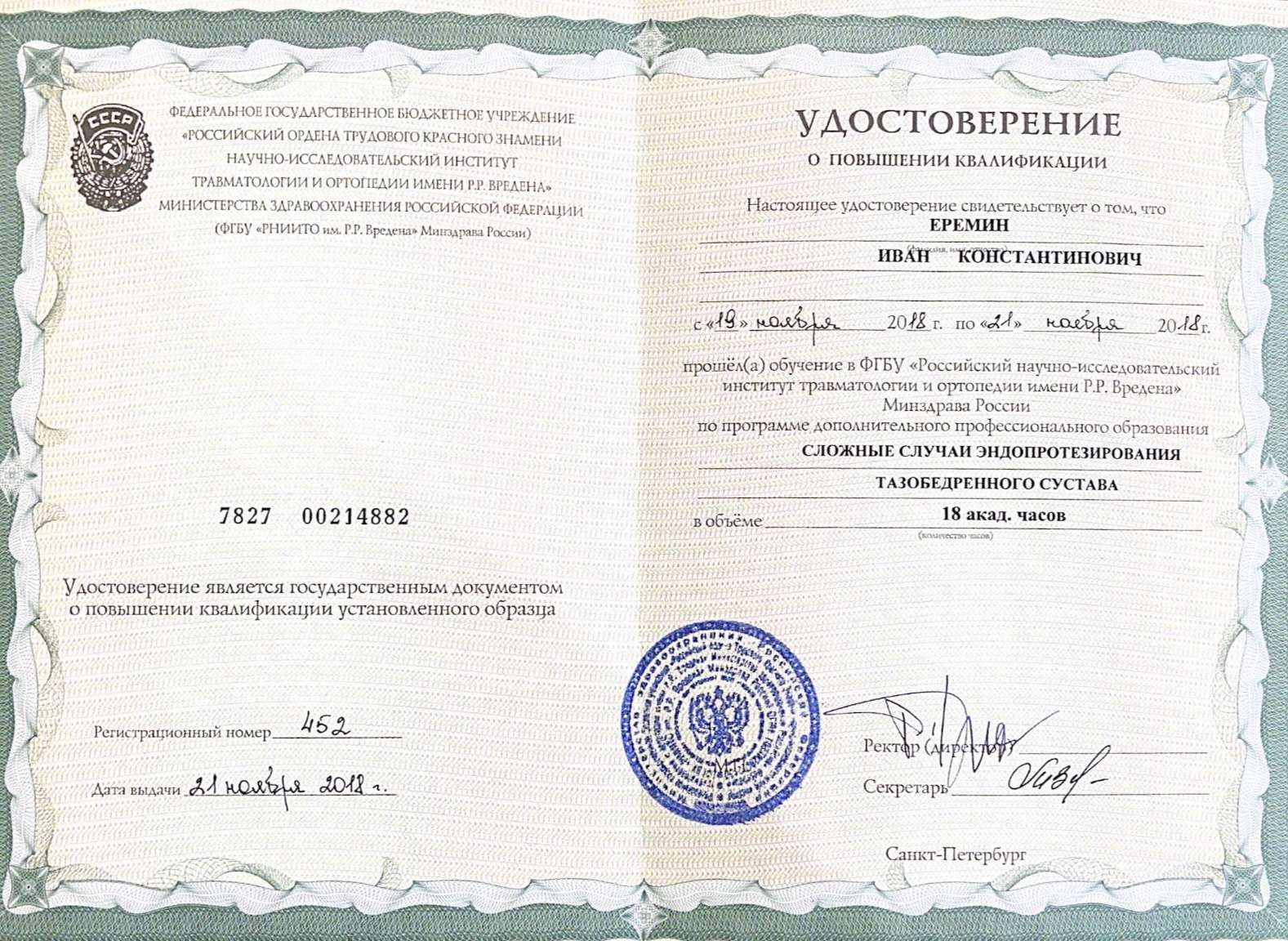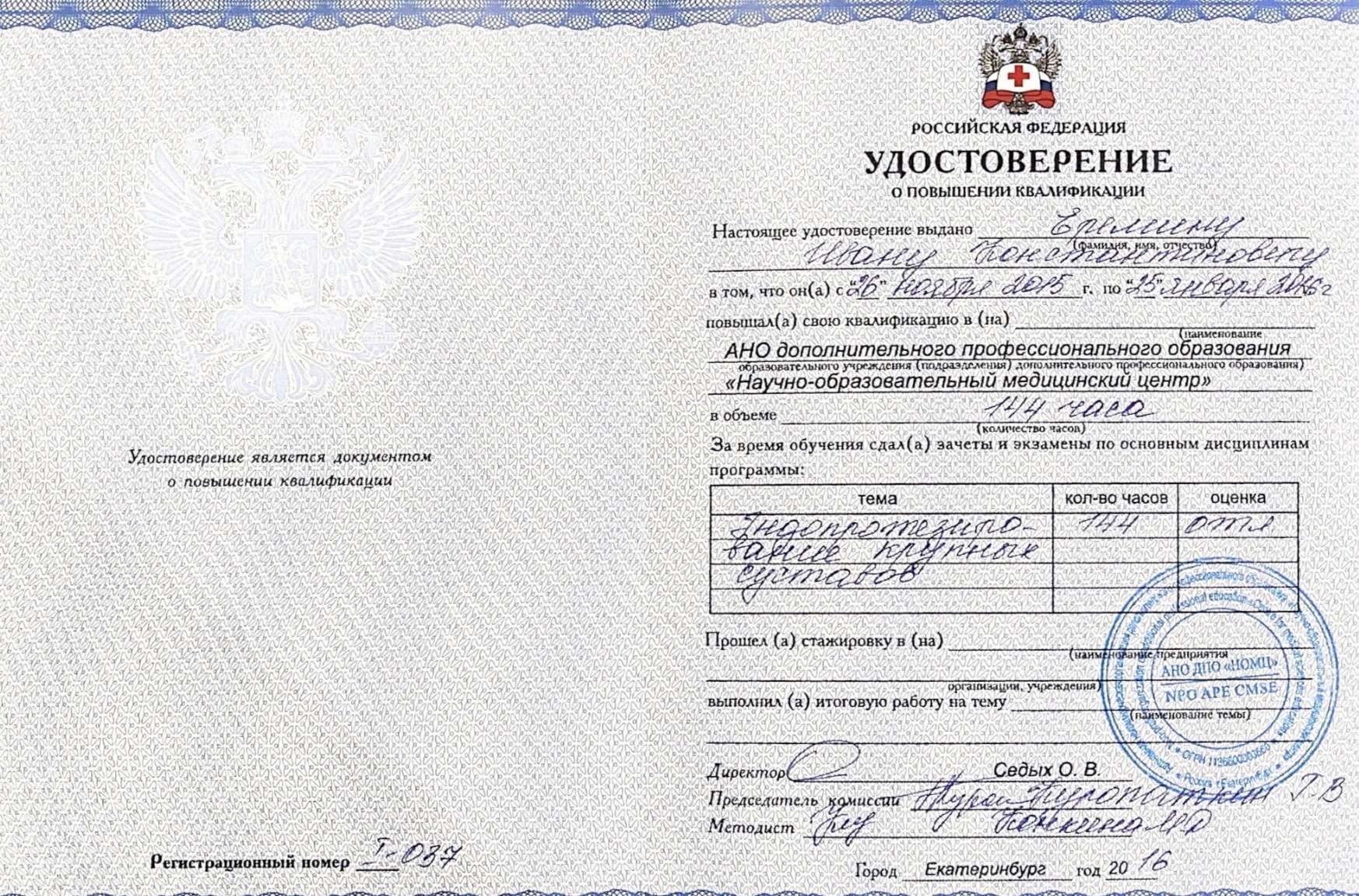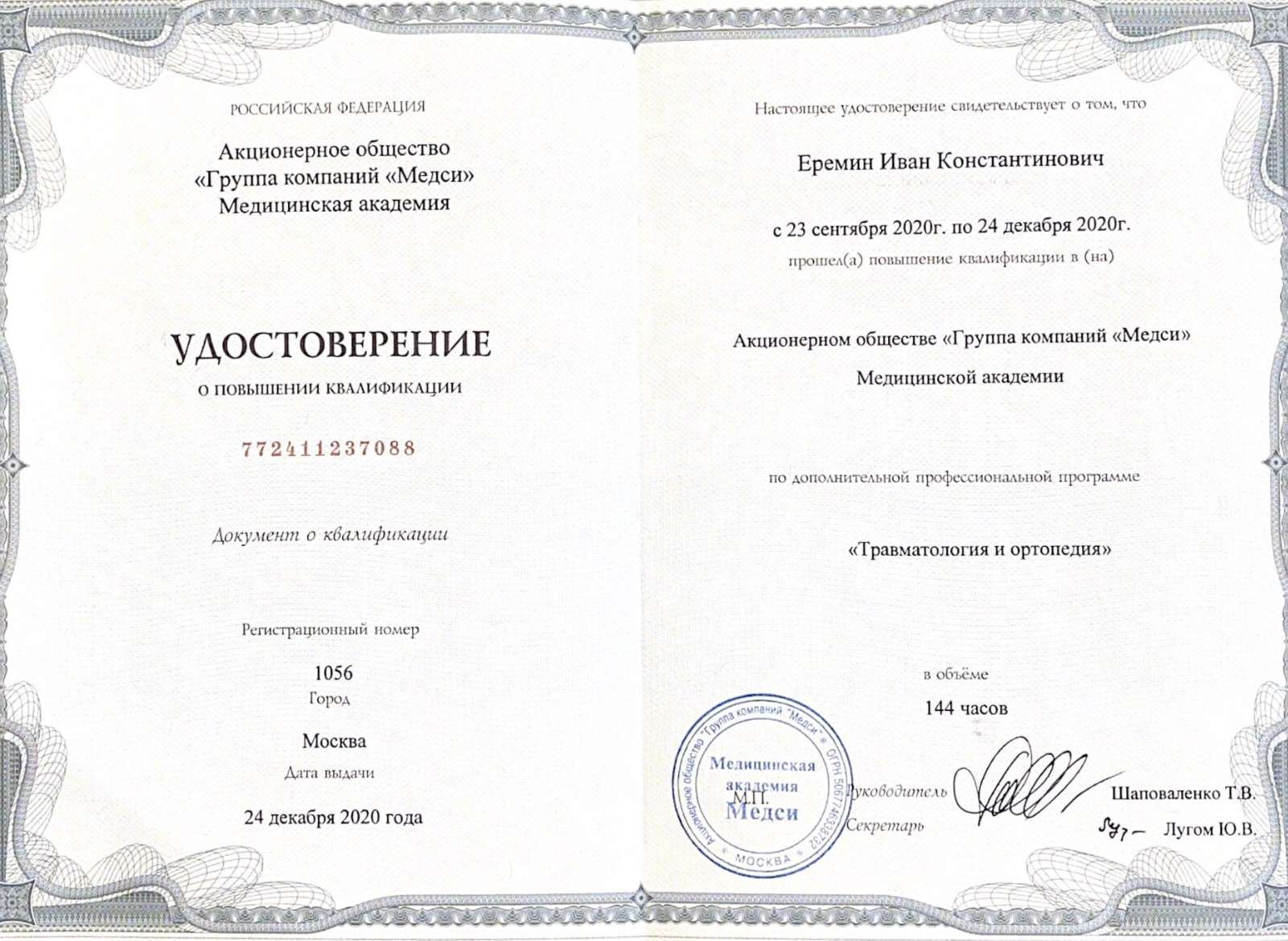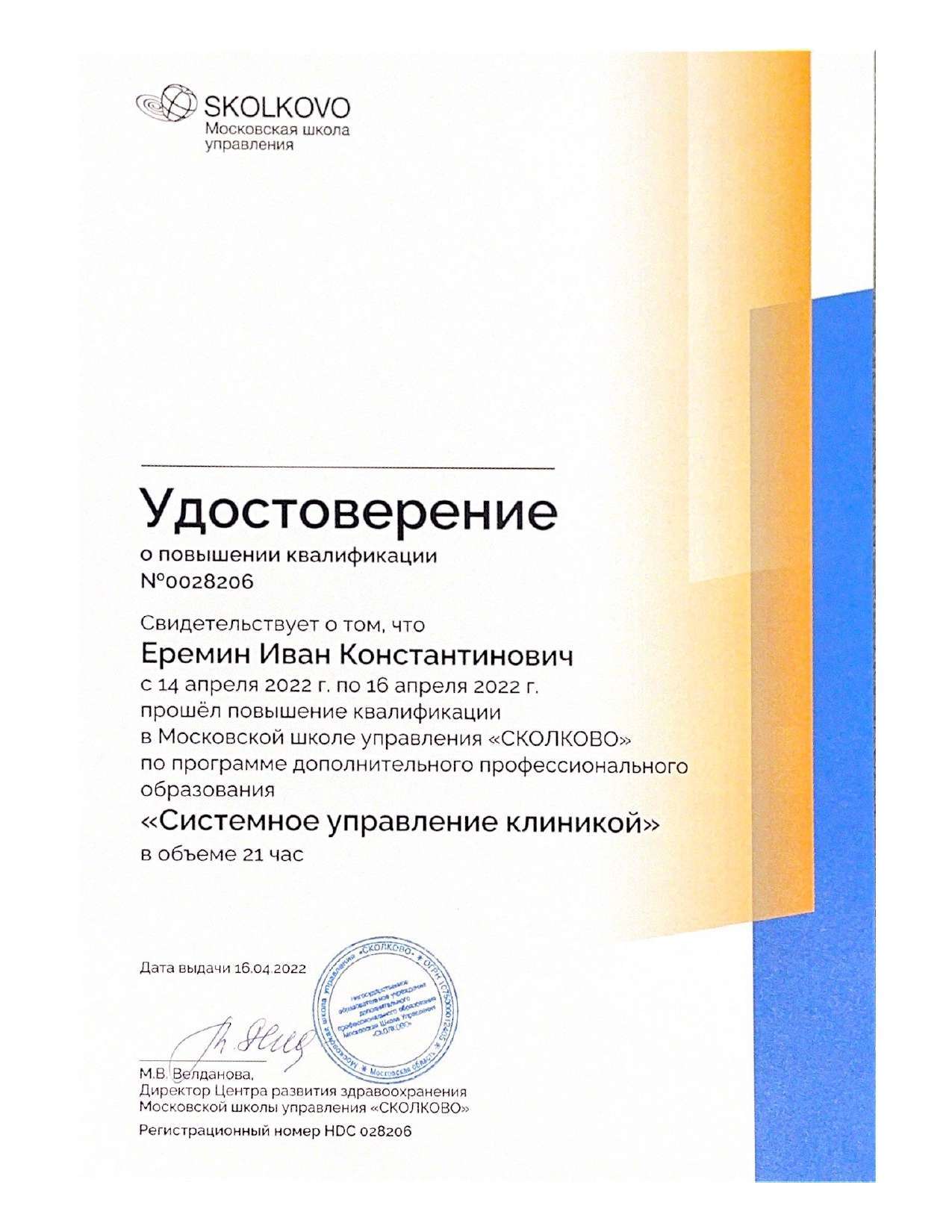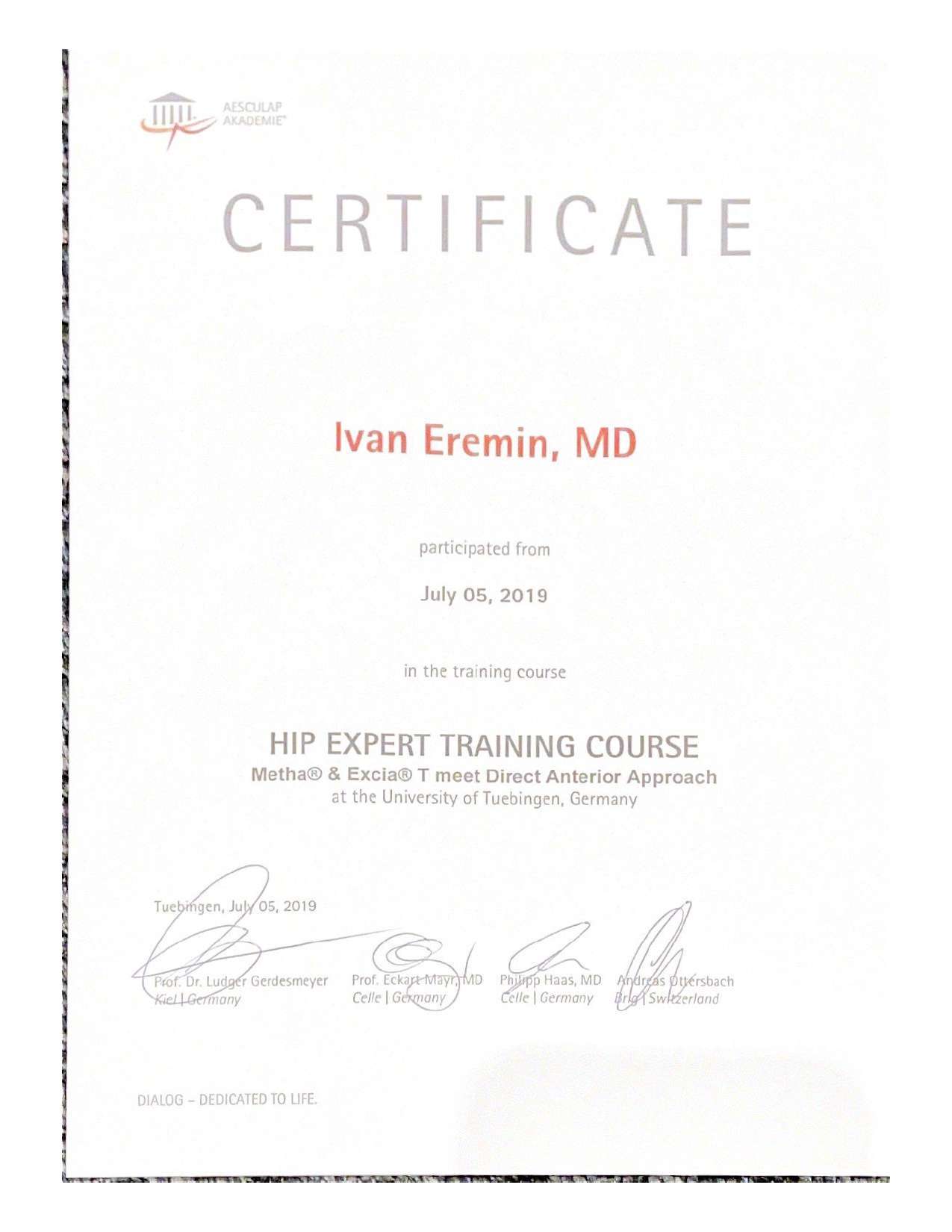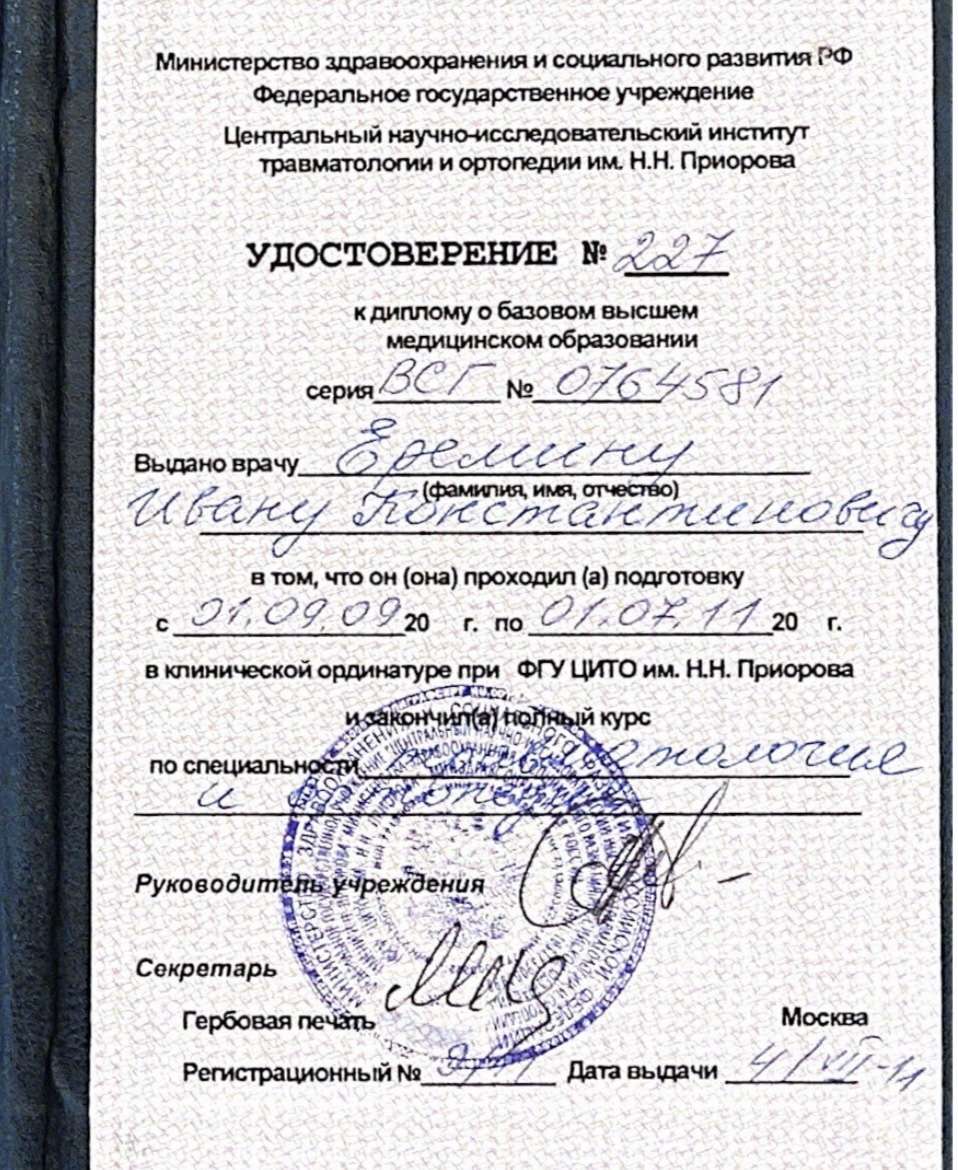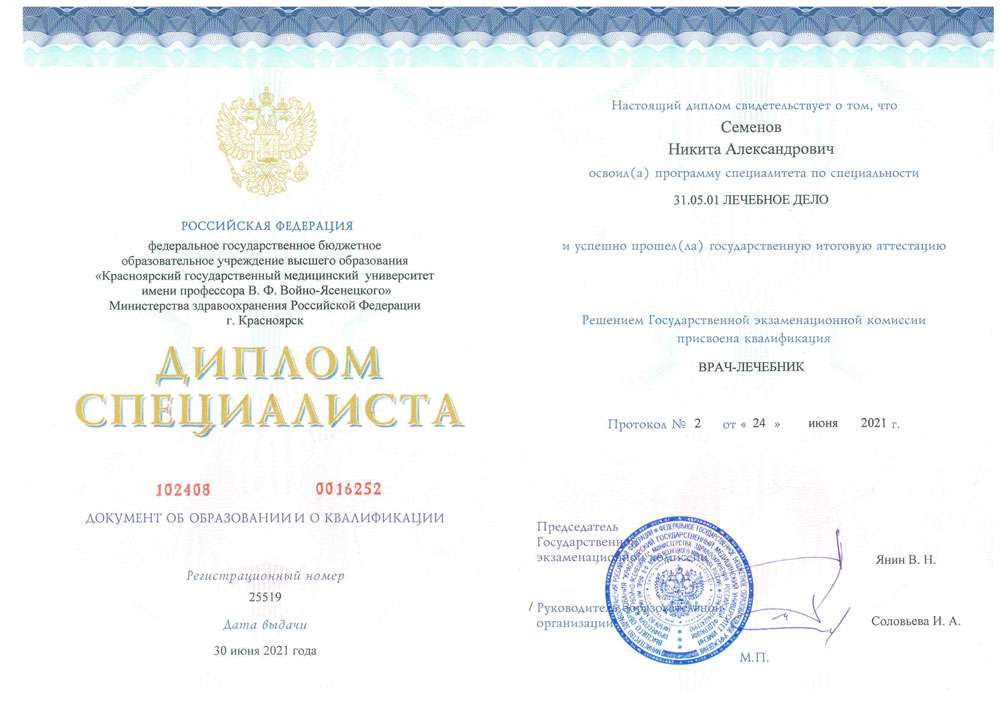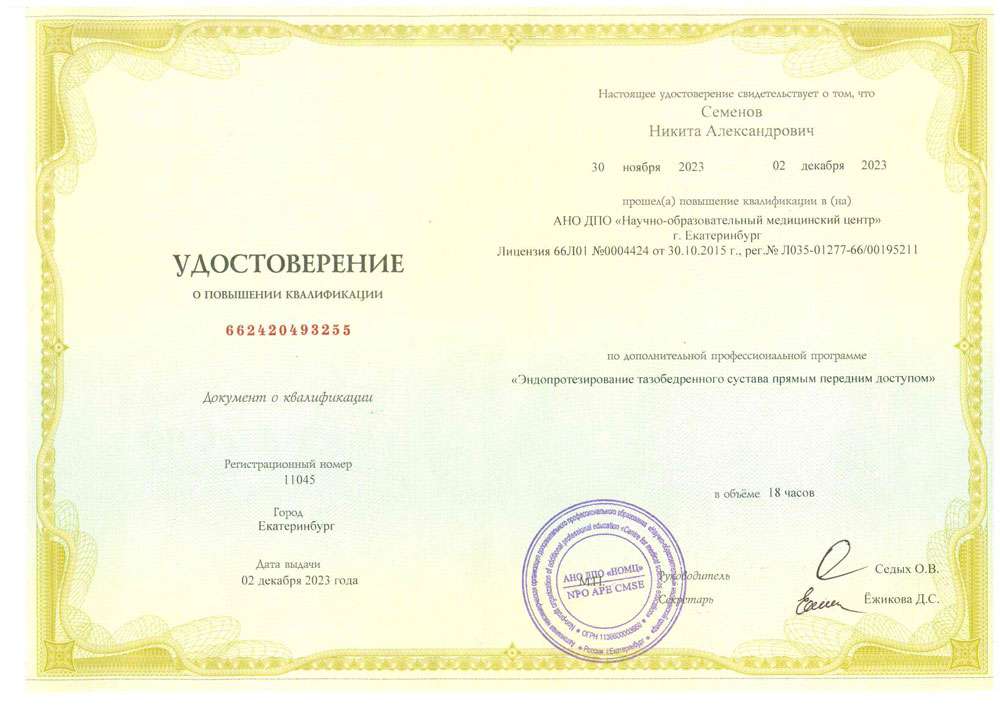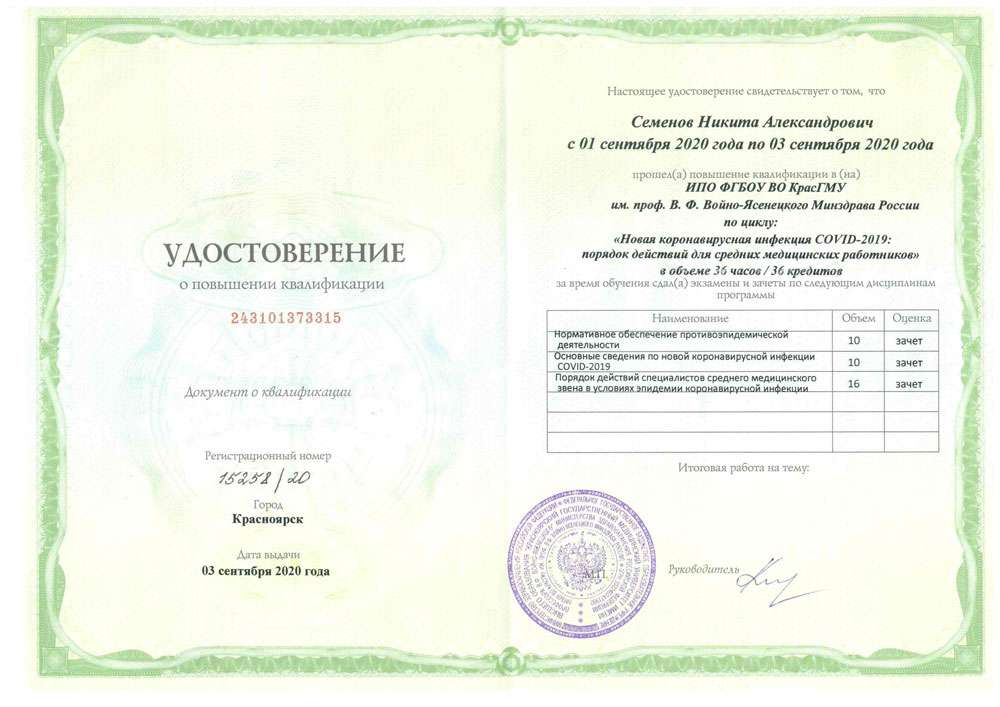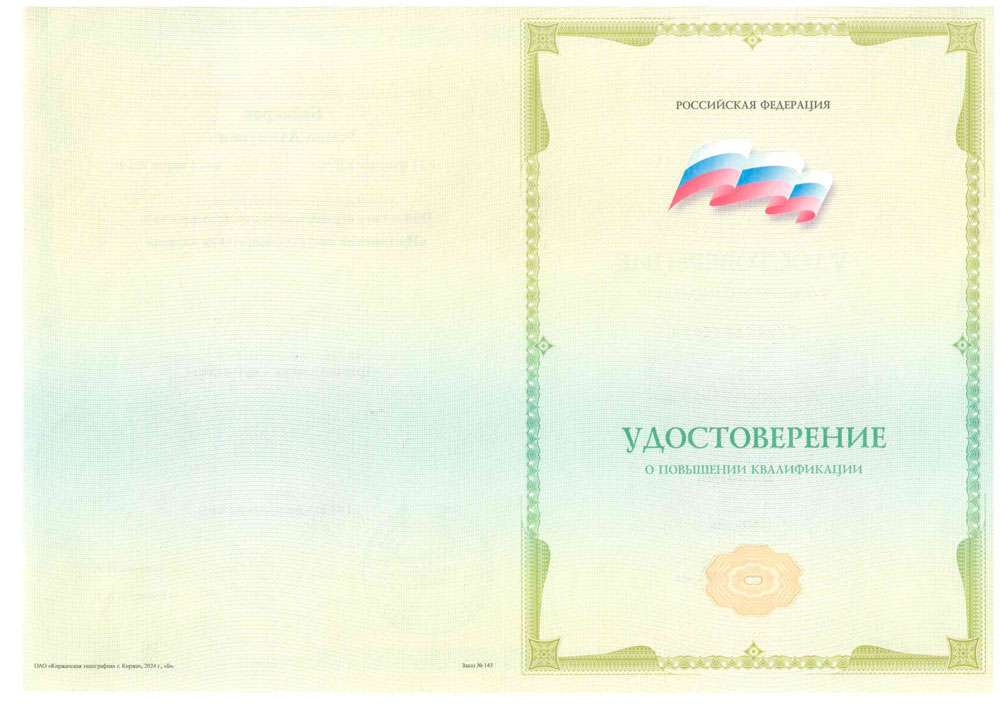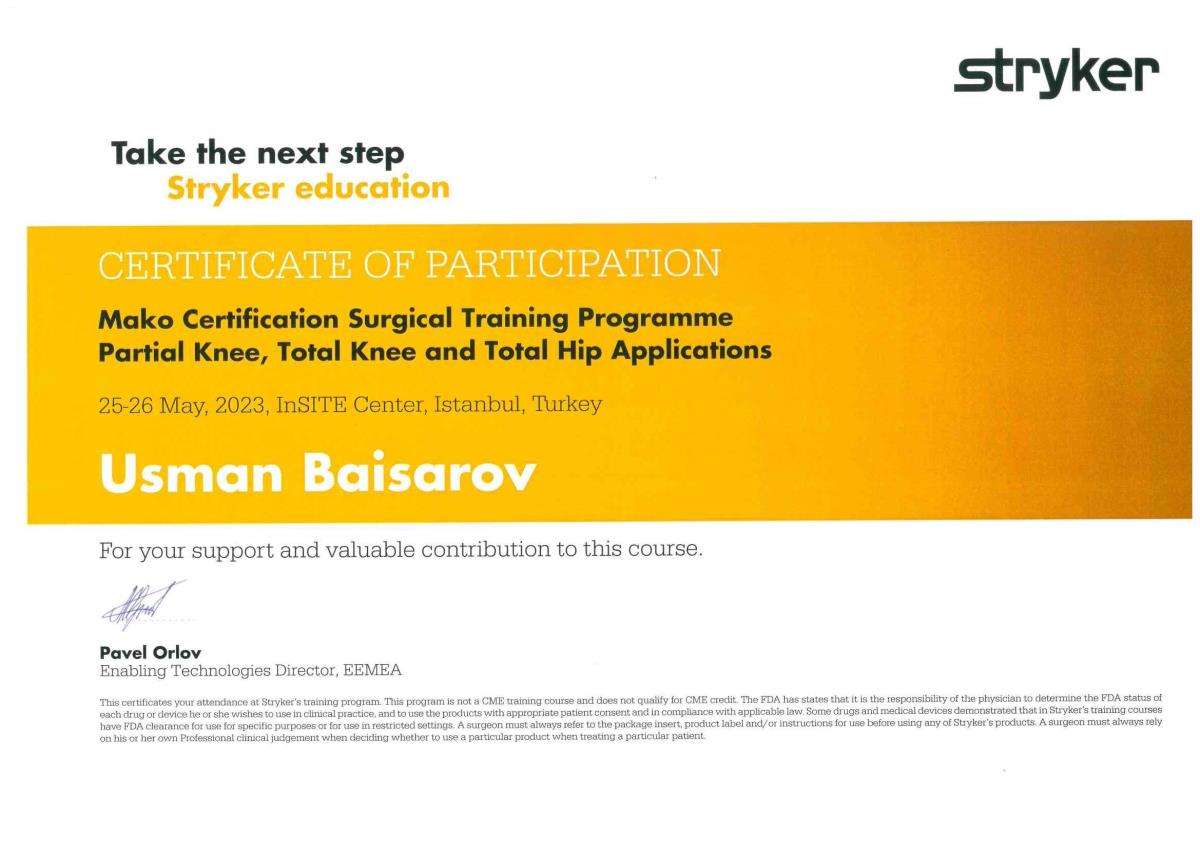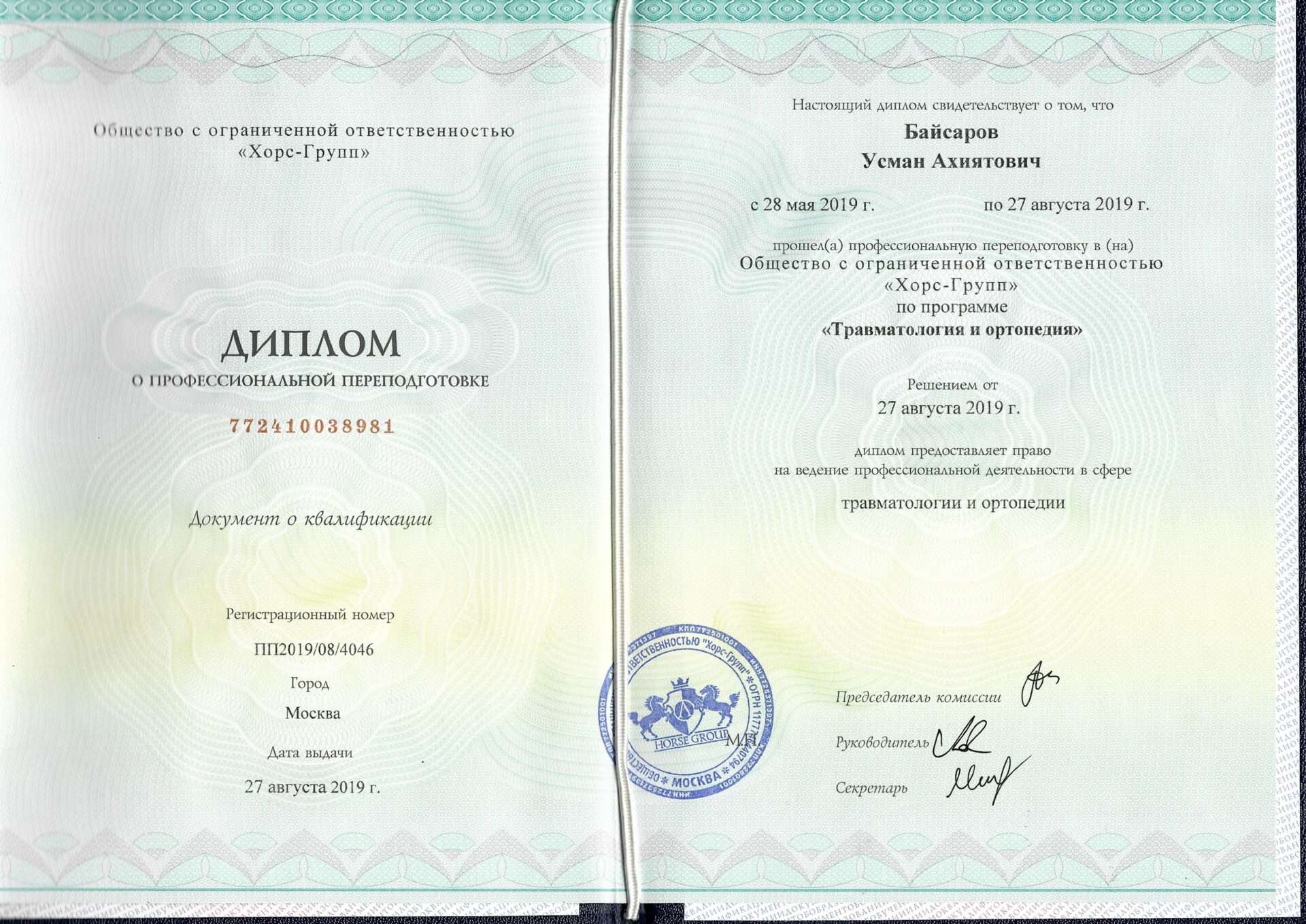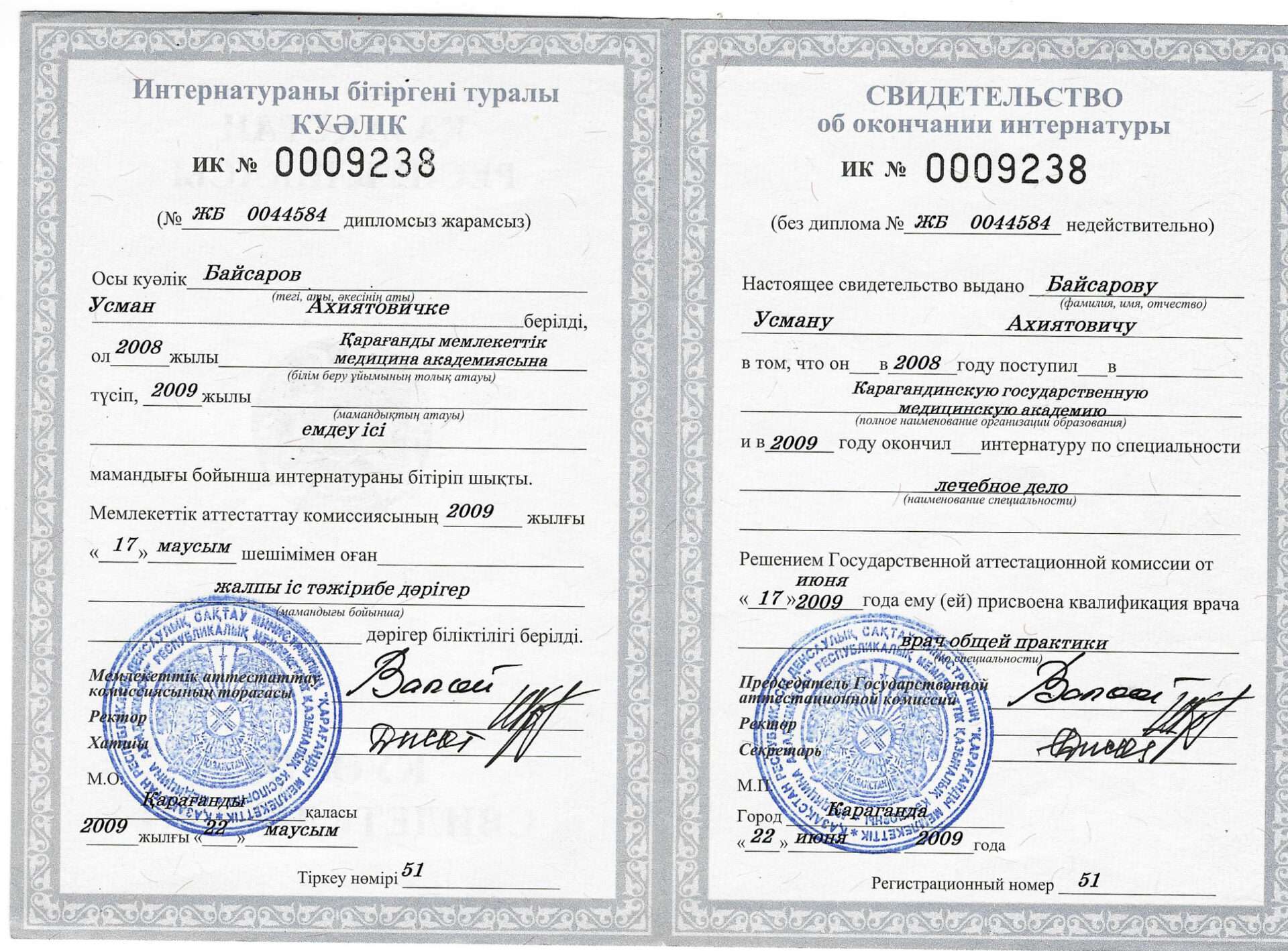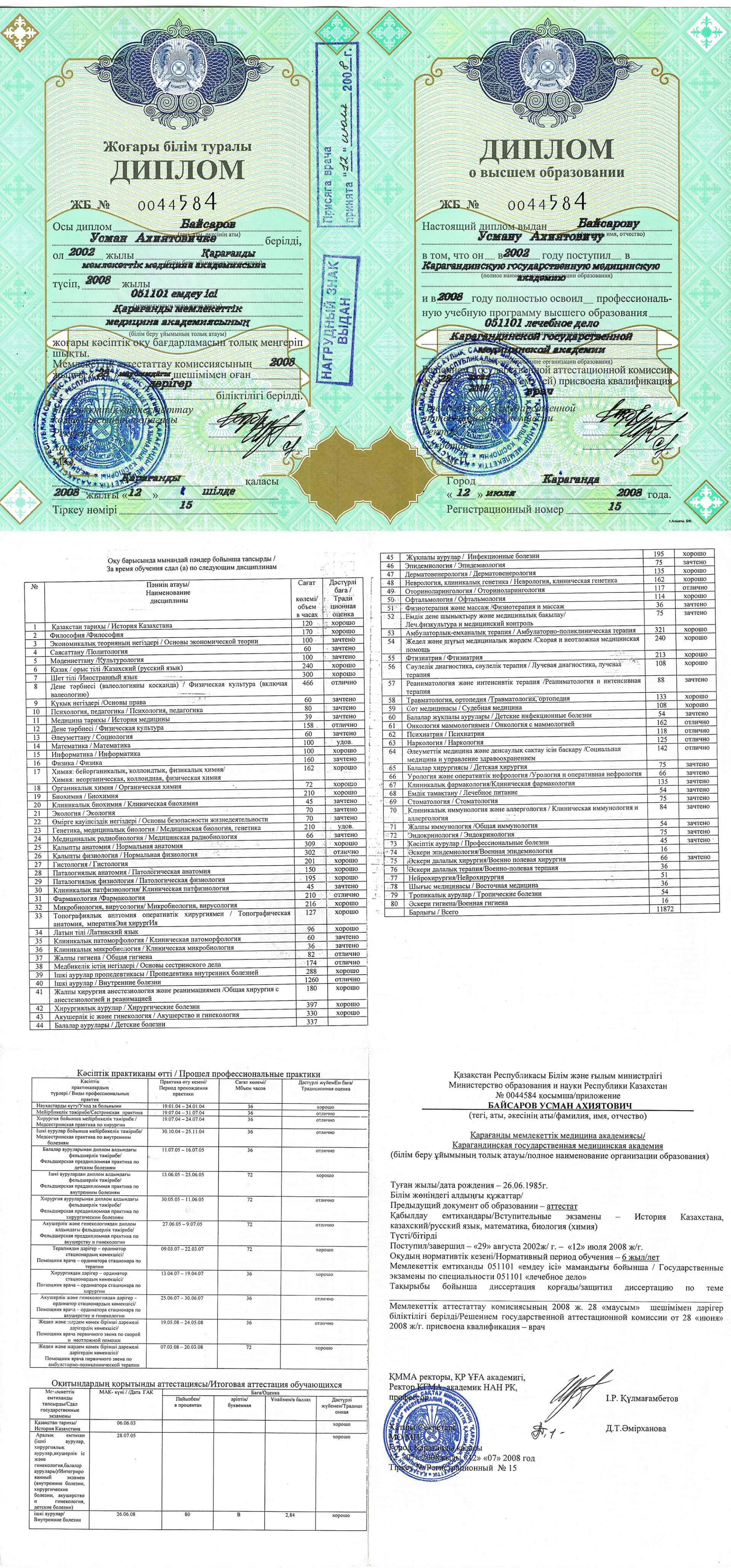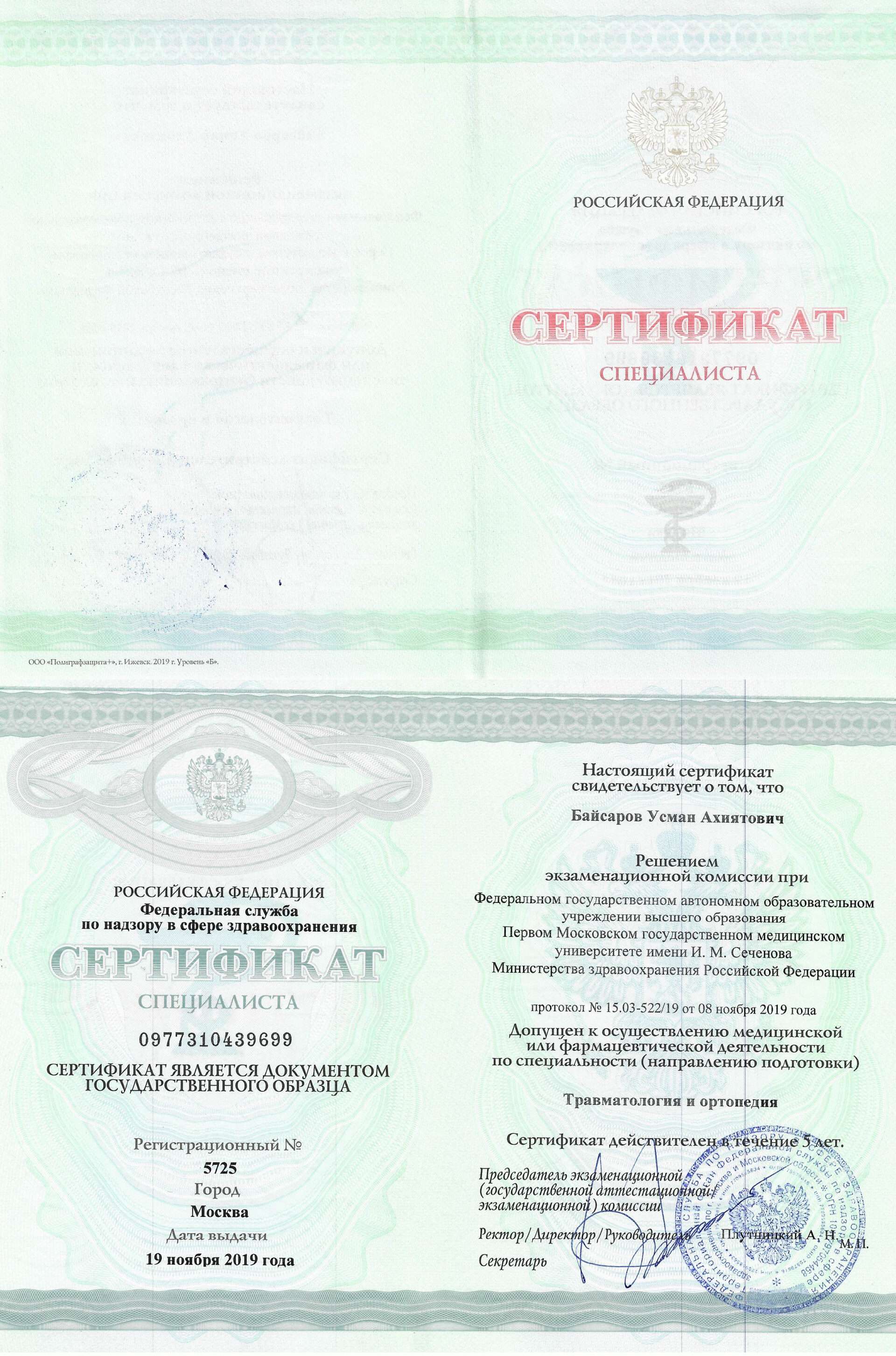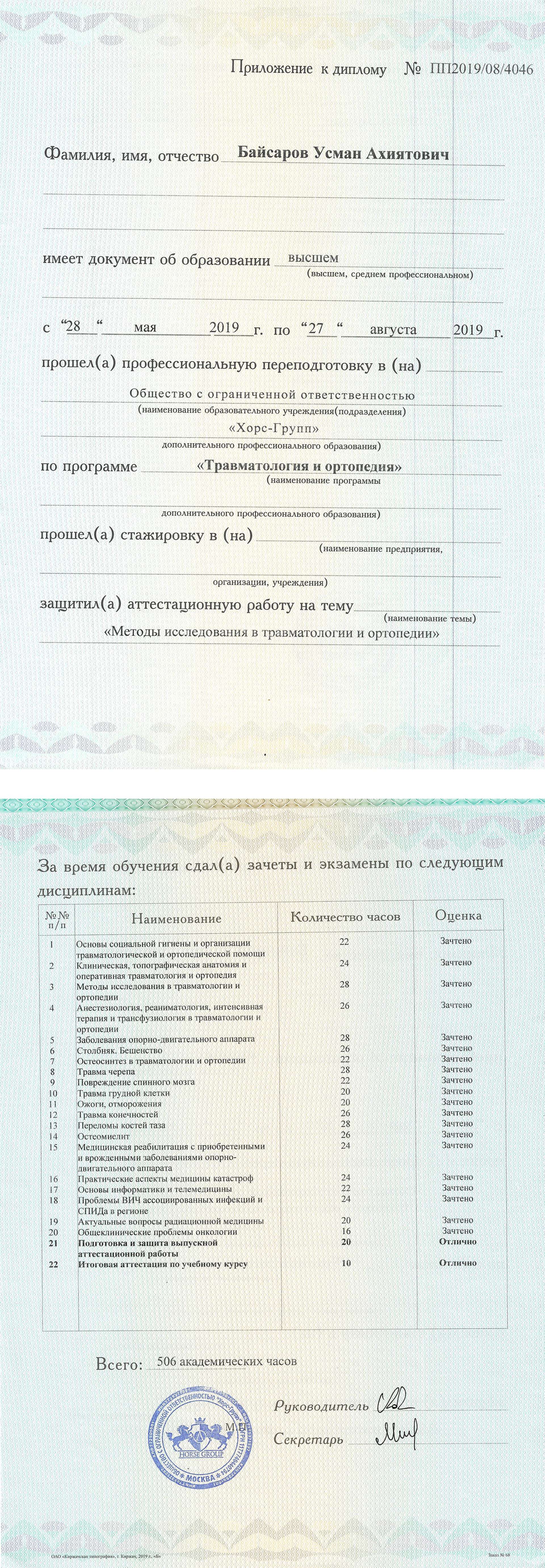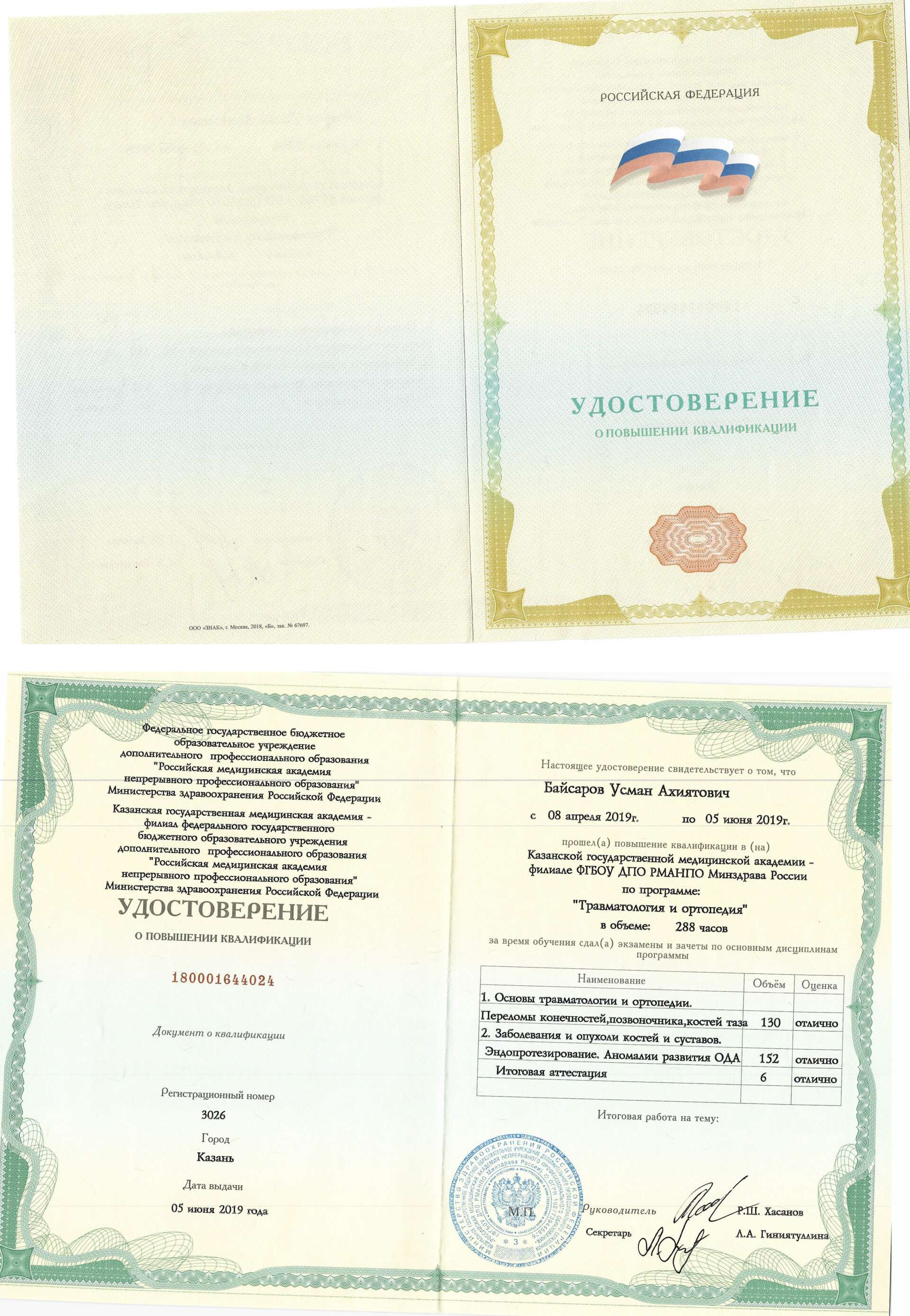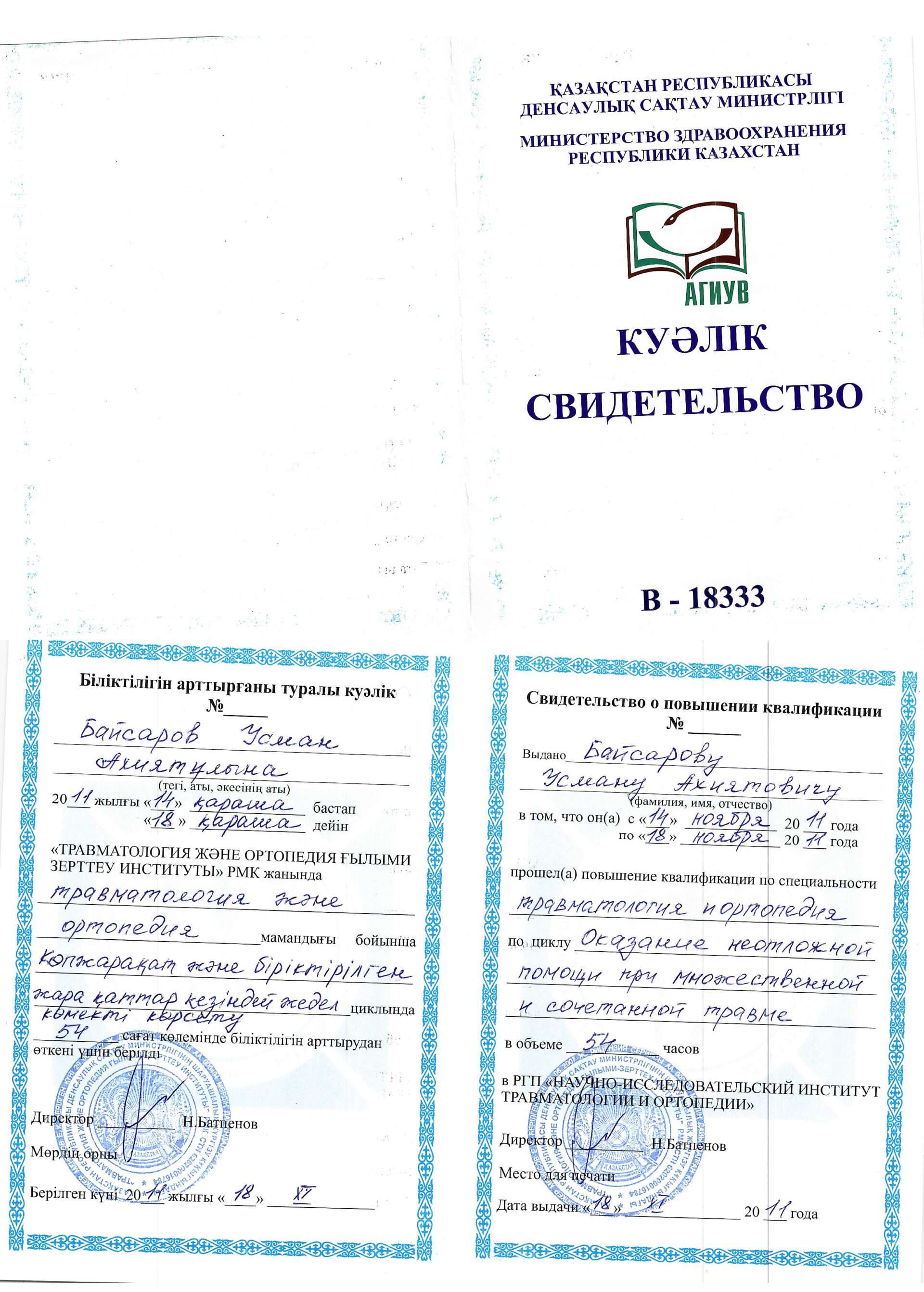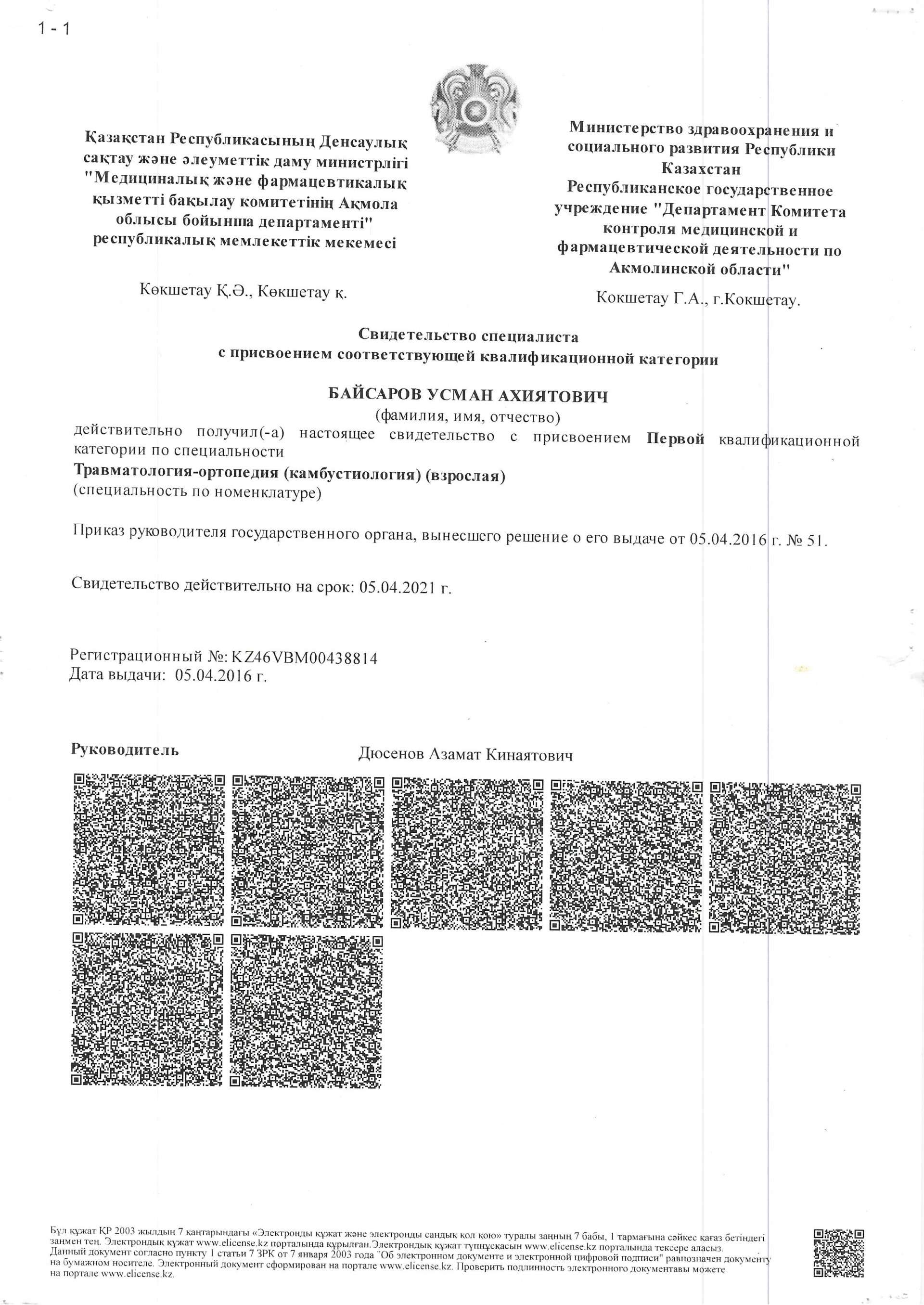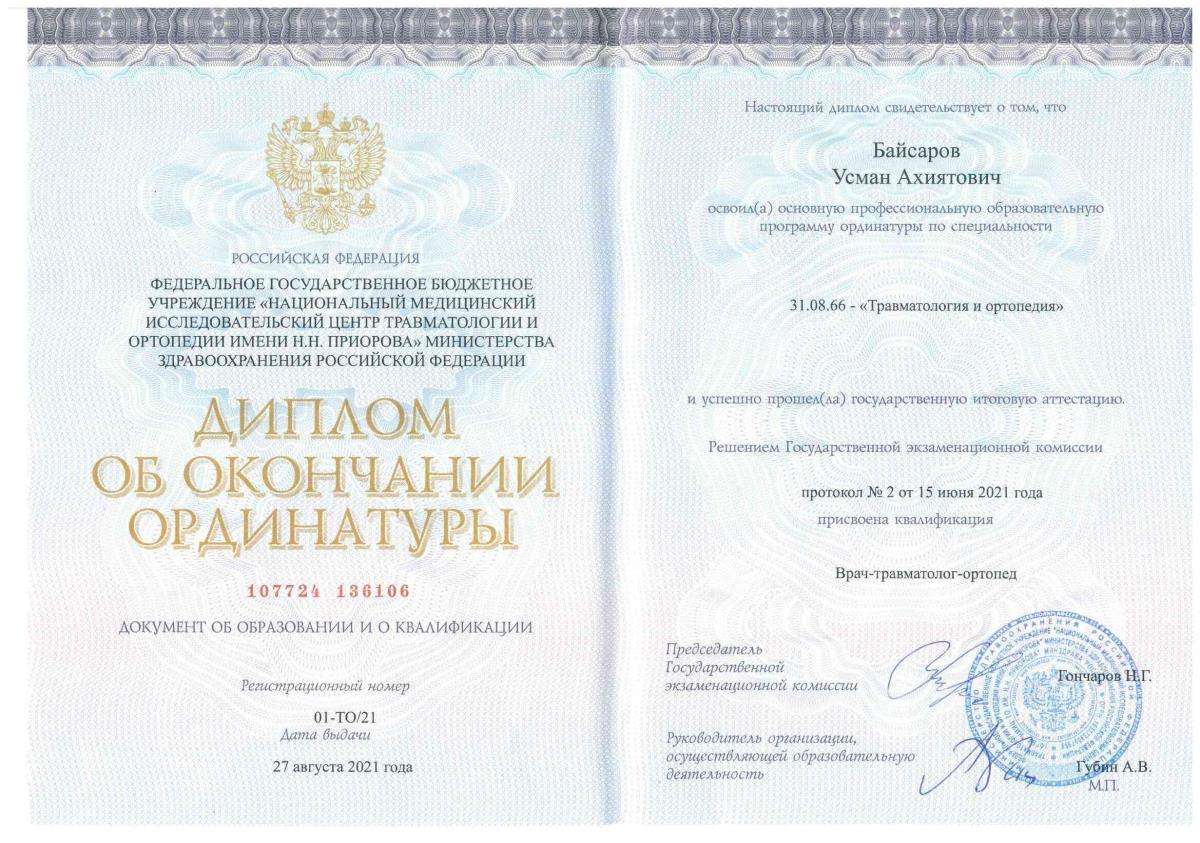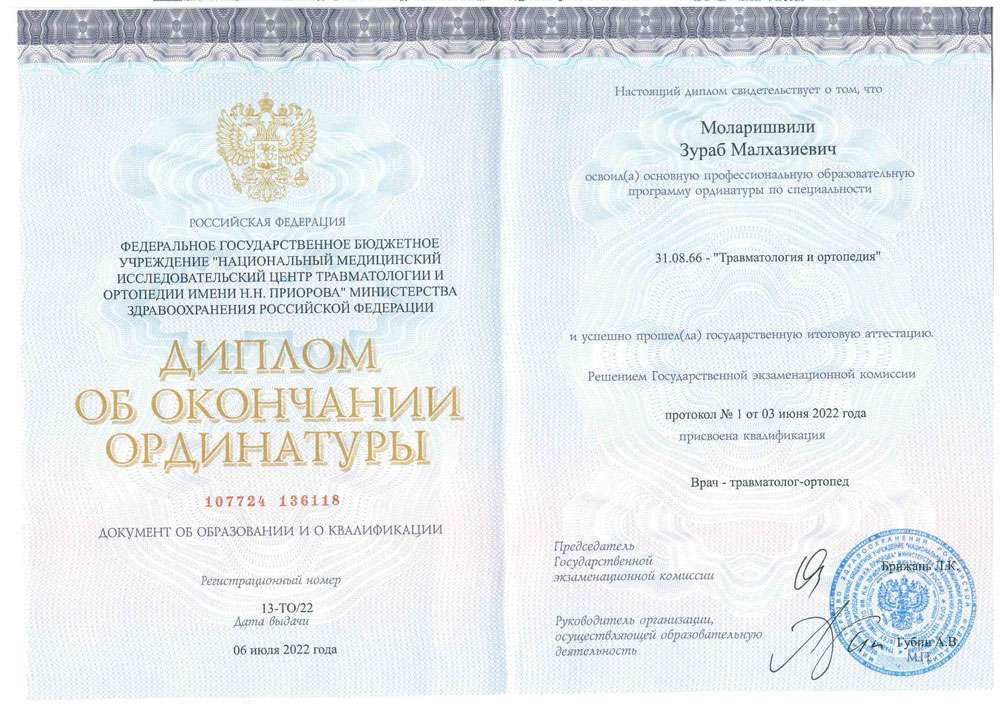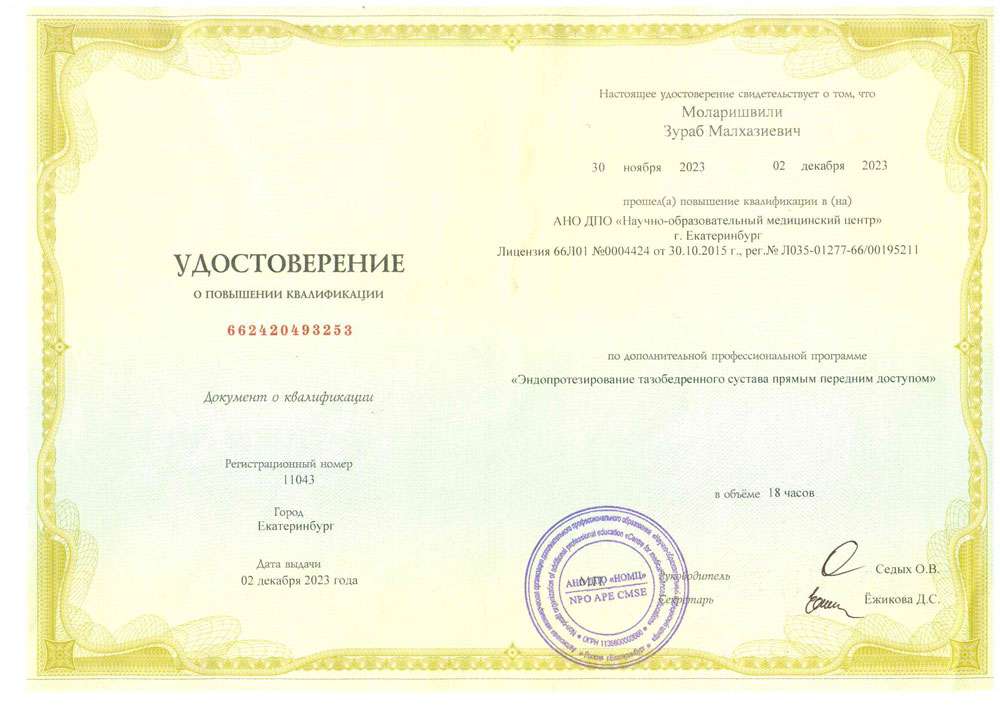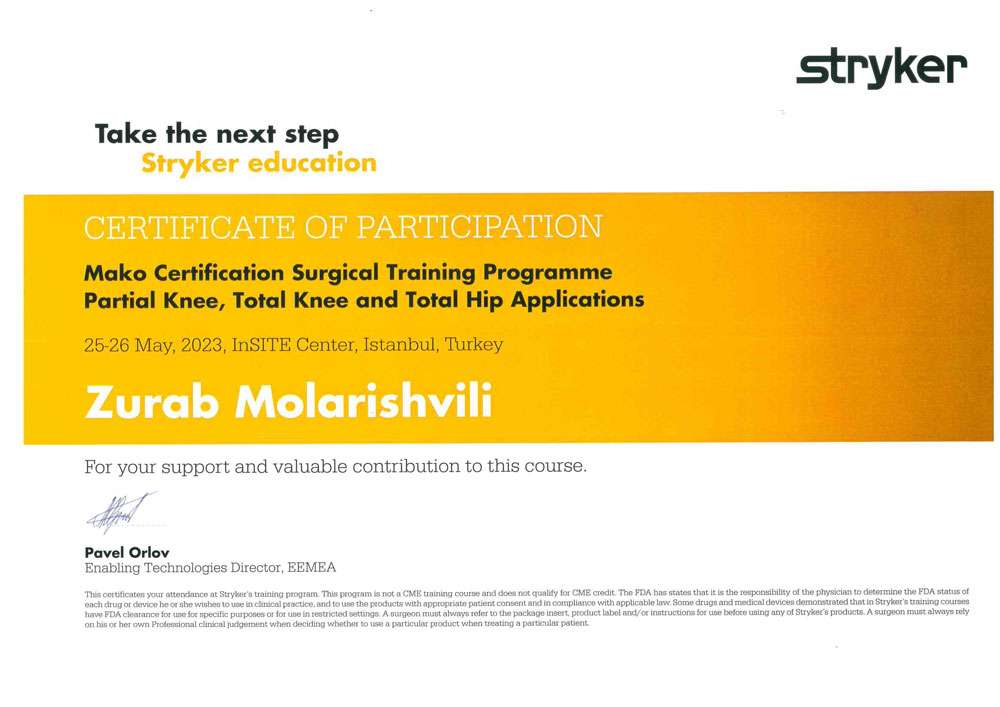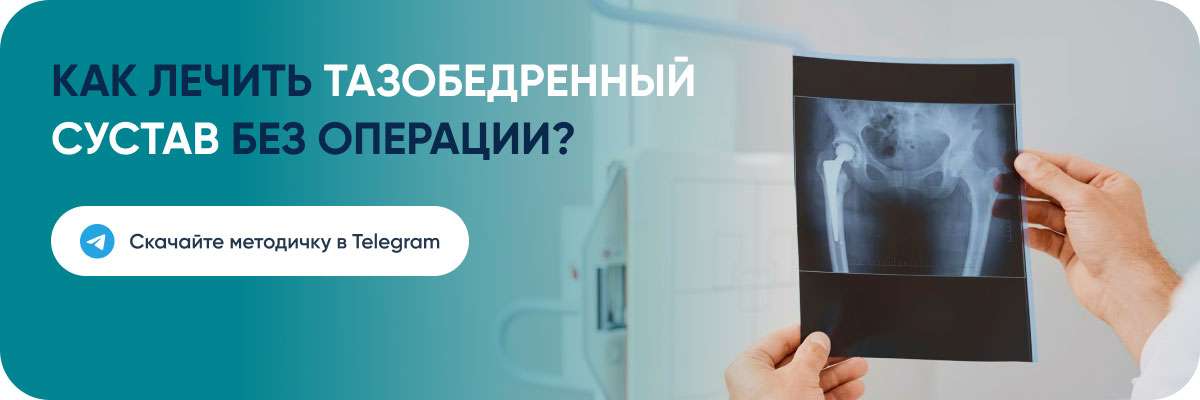

A hip fracture is a violation of the integrity of the proximal femur in the area just below the hip joint. This is a fairly common pathology, which in most cases is diagnosed in older people with osteoporosis.
The pathology of femoral neck fracture includes pain and limitation of mobility. The diagnosis is made on the basis of the clinical picture and is confirmed by radiography data. With such injuries, there is an extremely high risk that the bones will not fuse. In this case, an operation is performed to treat a hip fracture.
Features of hip fracture
Such an injury in most cases occurs in the elderly. A feature of the damage is the absence of bone fusion due to poor blood supply to the lesion and a high likelihood of severe complications.
Fractures of the proximal femur are more likely to occur in women. This is due to hormonal changes in the body during menopause, which can lead to the development of osteoporosis.
For a long time, osteoporosis does not manifest itself clinically, which complicates timely diagnosis. A number of patients have indolent hip pain, which they associate with bruising, arthrosis, osteochondrosis, and pinched nerve. People try to get treatment on their own, instead of deciding to have paid surgery for a hip fracture, but nothing helps. Then a fracture occurs and only after that the person goes to the clinic, where he is diagnosed. If you do not consult a doctor in time, then there is a displacement of bone fragments, which significantly worsens the prognosis and leads to the development of severe complications. In this case, it is almost impossible to restore motor function.

Reasons
This pathology in most cases is associated with age-related changes. In young people, hip damage usually occurs after falls from a height, accidents.
Triggers:
-
 Osteoporosis
Osteoporosis
is a major cause of hip bone fractures in older adults -
 Obesity
Obesity
creates increased stress on the joint -
 Low locomotor activity
Low locomotor activity
-
 Malnutrition
Malnutrition
lack of calcium, magnesium, and other trace elements in the body -
 Oncological diseases
Oncological diseases
-
 Arthrosis
Arthrosis
-
 Harmful habits
Harmful habits
smoking, alcohol abuse -
 Vascular disease
Vascular disease
leads to impaired blood supply to bones -
 Kidney, liver diseases
Kidney, liver diseases
-
 Age over 65
Age over 65
elderly people are advised to be extremely careful in everyday life and avoid dangerous situations.

Symptoms
The main manifestations of this pathological state of the body are:
-
 Violation of basic function of an extremity
Violation of basic function of an extremity
this state is manifested by impossibility of the patient to walk, lean on the damaged surface, the configuration of the affected joint is impaired -
 Discomfort, mild pain in the groin area
Discomfort, mild pain in the groin area
which occur when the affected leg moves and subside at rest
-
 Outward rotation of deformed limb
Outward rotation of deformed limb
-
 Hematoma in the groin,
Hematoma in the groin,
which occurs a few days after the fracture -
 Slight shortening of the leg
Slight shortening of the leg
which is not always visible


Classification
Femoral neck fracture can be open and closed. One of the most important characteristics is the location of the fracture.
Depending on where the line of damage is, the following types of fractures are distinguished:
- Subcapital;
- Transcervical;
- Basicervical.
The most important criterion is the angle of the fracture line. The likelihood of displacement of bone fragments depends on it. With a fracture of the first degree, the angle is less than 30°, the second — 30-50°, the third — more than 50°.
Stages:
- First: incomplete;
- Second: no displacement, complete;
- Third: complete, there is partial displacement;
- Fourth: complete, with split fragments.
Diagnostics
The doctor asks questions and examines the patient, after which he makes a preliminary diagnosis. To confirm it, the patient may be prescribed the following examinations:
The scans clearly show the site of the fracture, as well as the level of deviation of the femoral head in relation to the neck; the reliability of the method is more than 80%.
It is carried out to identify the causes of the fracture (inflammatory process, hormonal failure, osteoporosis), the reliability of the technique is more than 90%.
It is prescribed to assess the current condition of the vessels and soft tissues of the thigh, which are located near the injury.
Our doctors

Treatment
Conservative treatment of hip fracture is extremely rare, in cases where the risk of surgery exceeds the benefit. Usually, such therapy is carried out in patients with a history of severe pathologies of the heart, blood vessels, other organs and systems in which anesthesia is contraindicated.
Conservative treatment of hip fracture in the elderly is that the patient is provided with profound rest. The diseased leg is fixed. Medicines are prescribed (calcium preparations, chondroprotectors, bisphosphonates, means to improve metabolic processes and increase blood flow). Such treatment rarely leads to complete healing of the fracture and can cause complications. Therefore, this type of damage in most cases is treated with surgical methods.
These include:
1. Osteosynthesis
During the operation, the surgeon connects the bone fragments and fixes them in the right position using special metal structures (nails, wires, plates, screws, and so on). All devices are made of special alloys that cannot be oxidized.
This operation for hip fracture is indicated for patients under 65 years of age, as well as for uncomplicated fractures, without impaction, displacement, rotation. This method is not suitable for older people, since most of them have fragile bones due to osteoporosis.
For the operation to be successful, it is necessary that several factors converge at once:
- Absence of osteoporosis;
- Minimal joint damage;
- Intact vessels that provide normal blood supply to the fracture site;
- The ability to accurately match and firmly hold bone fragments together.
It happens that after osteosynthesis, the bone does not grow together and various complications develop. Therefore, if the surgeon doubts the success of the operation or the patient has contraindications or he is over 65 years old, then it is worth choosing other methods of treatment.
In persons over 60 years old, joint replacement is performed.


2. Endoprosthetics.
This is the replacement of a damaged joint with an artificial prosthesis. It can be total (they replace both the femoral and acetabular components) or single-pole (only the femoral component is replaced). The choice of the prosthetic method is carried out by the surgeon, based on the nature of the fracture, age, the presence of concomitant diseases, and individual characteristics of the body. The prognosis is favorable in most cases. The patient quickly recovers, the musculoskeletal function of the injured limb returns.
Rehabilitation
After surgery, the recovery process begins, it is of great importance and greatly affects the final result. To restore lymph flow and blood flow in the lesion, relieve congestion in the body, prevent pressure sores, blood clots, pneumonia, muscle atrophy, the patient is prescribed a massage course. Its intensity and duration is determined by the attending physician, individually for each patient.
In addition, exercise therapy is prescribed to speed up rehabilitation. Exercises are developed by a doctor based on age, physical condition, type of operation, body recovery rate. Properly developed exercise therapy reduces the likelihood of complications, prevents muscles from losing tone, and allows you to restore motor function over time.

Breathing exercises are indicated at early stages, as well as exercises that are performed in a position lying on the back and are designed to train the muscles of the arms, abs, neck, and intact leg. As you recover, exercise gets more complicated. At the initial stages of rehabilitation, it is recommended to do gymnastics under the supervision of a specialist. Independent classes are allowed when the patient has fully mastered the training technique.
Proper, balanced nutrition plays an important role in the rehabilitation process. The diet should contain more fresh fruits and vegetables, dairy products. But the use of fatty meat, fast food, and other harmful food is better to limit.
Prognosis
After a fracture of the femoral neck, the prognosis depends on age, state of health, method of treatment and success of the operation.

then complete bone fusion usually does not occur, fragments are held in place only with the help of scar fibrous tissue. This circumstance worsens the motor function of the limb and reduces the quality of life.
In osteosynthesis, the fragments also do not fuse, but are held by a strong metal fixator, which improves the prognosis. This is the most favorable prognosis after hip replacement.
It is rather difficult to give an accurate prognosis of the life of an elderly person after such a severe fracture.
lies all the time, has a number of concomitant pathologies, then his life expectancy can be from several months to a year.
energy and really wants to live, then he will not only recover, but will again become capable, he will be able to serve himself.
Prevention
Women over 50 and men over 70 need to undergo routine medical examinations every year, during which bone density is measured. This allows you to timely diagnose osteoporosis and start treatment, which will help avoid a fracture.
Patients at risk need to regularly perform special exercises that improve coordination of movements and strengthen muscles. This significantly reduces the risk of falling and breaking bones.
Proper nutrition is of great importance. It is recommended to eat foods rich in potassium, vitamin D, and calcium on an ongoing basis. It is recommended to include lean meats in the diet, as protein is extremely necessary to maintain muscle strength.
To prevent falls, older people need to control the use of drugs, since many of them have side effects in the form of dizziness, weakness. This can lead to imbalance, fall and fracture.
It is extremely important to control weight and prevent the development of obesity, as when a full person falls, due to objective reasons, the chances of injury are higher. Weight loss is an important part of prevention.
Most of these fractures occur with falls at home. Therefore, it is recommended to revise the interior in which a person lives. It is necessary to remove foreign objects and carpets from the floors. The floor doesn’t have to be slippery. It is advisable to equip special handrails on the walls in the bathroom, which will give an elderly person support and help to avoid falls in the future.
Patient feedback
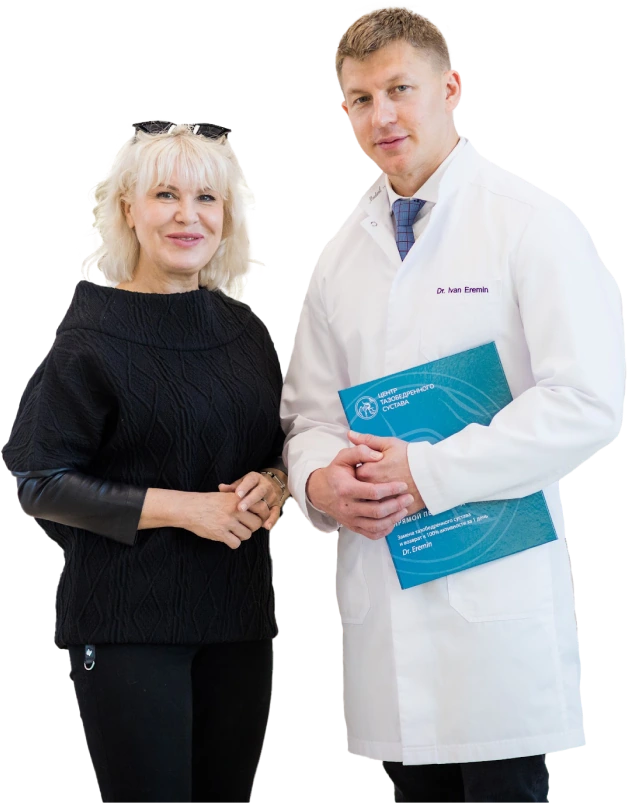
Don’t let joint pain define your life
Give yourself freedom of movement without restrictions
Over 5 years, using the DAA method, we returned more than 3 thousand patients to an active life.




